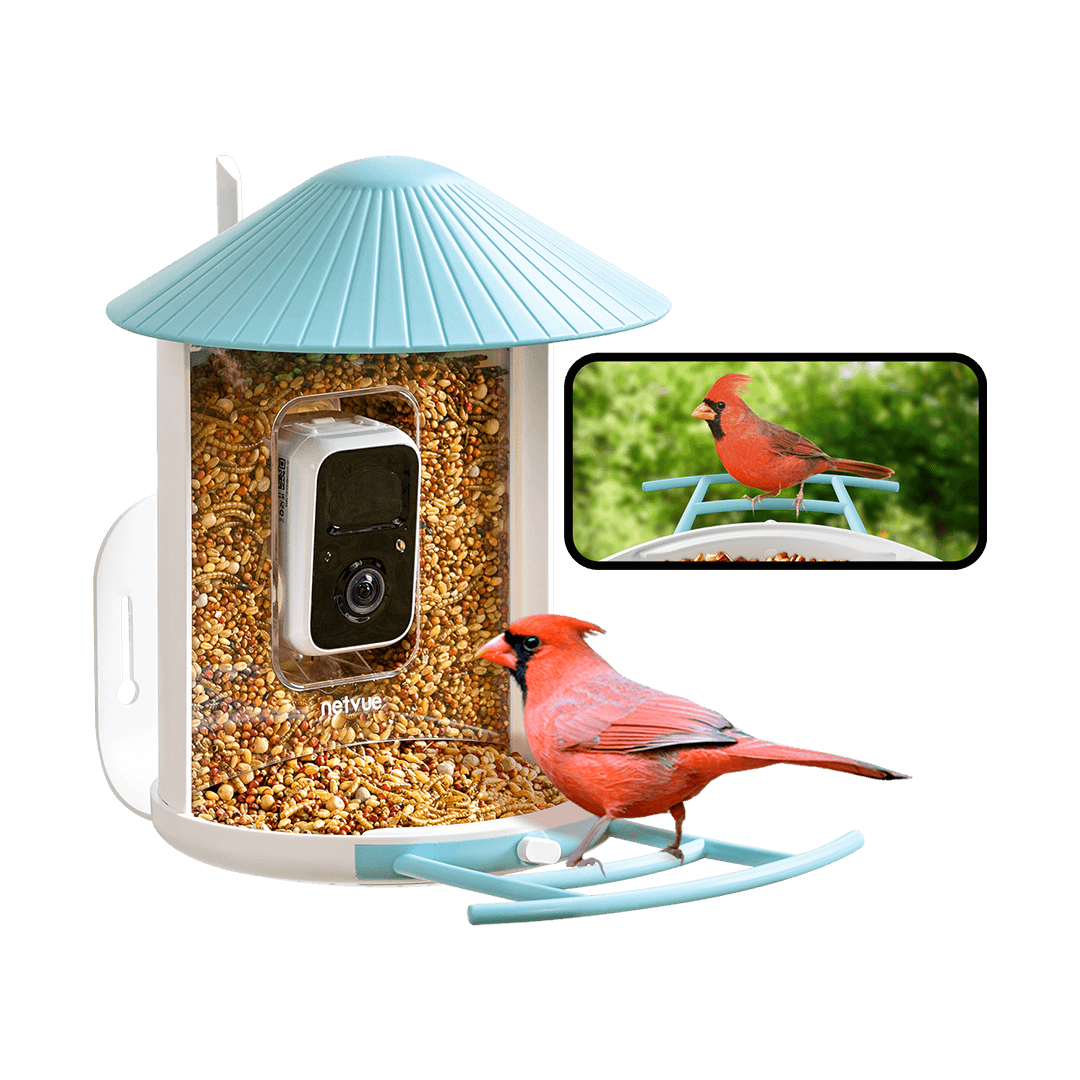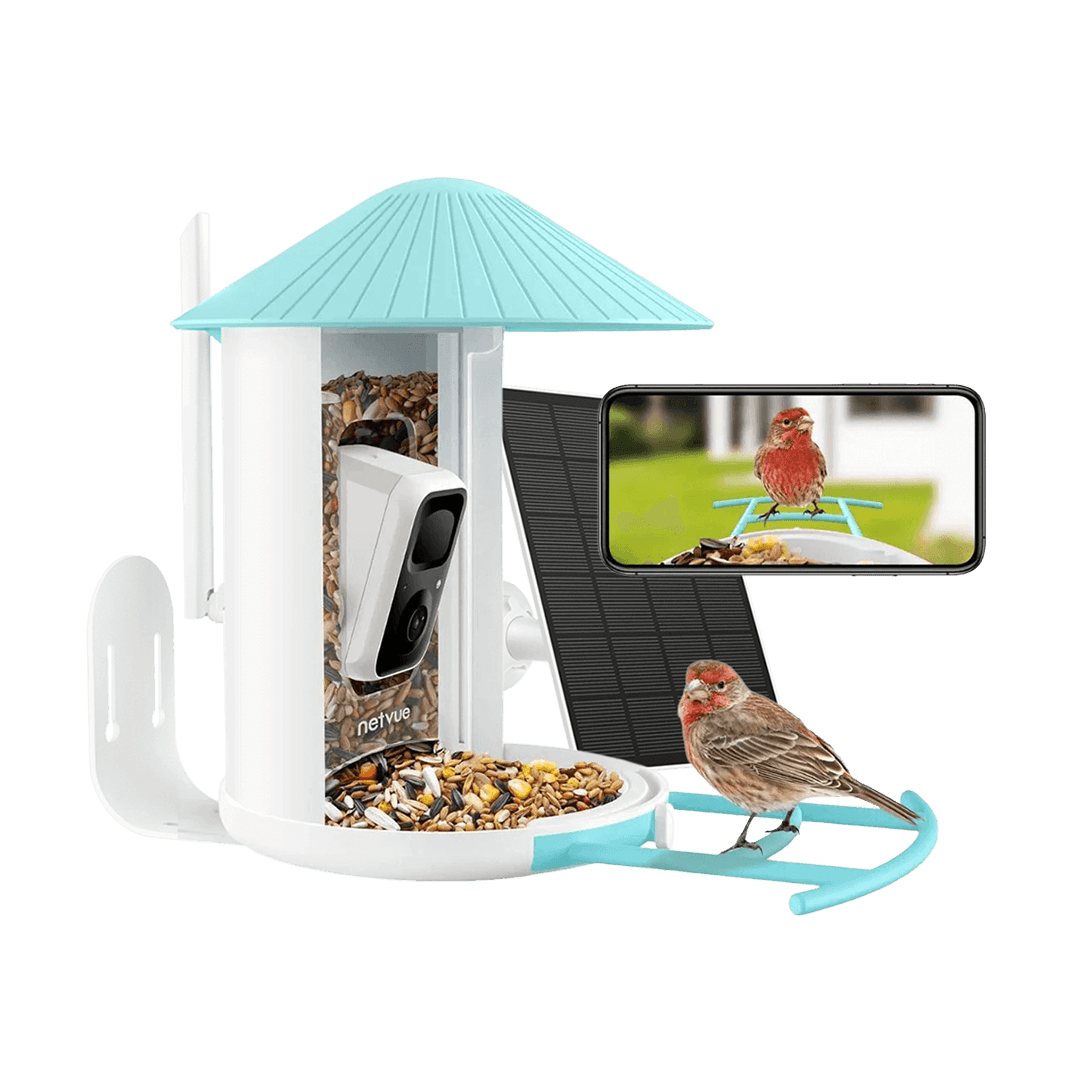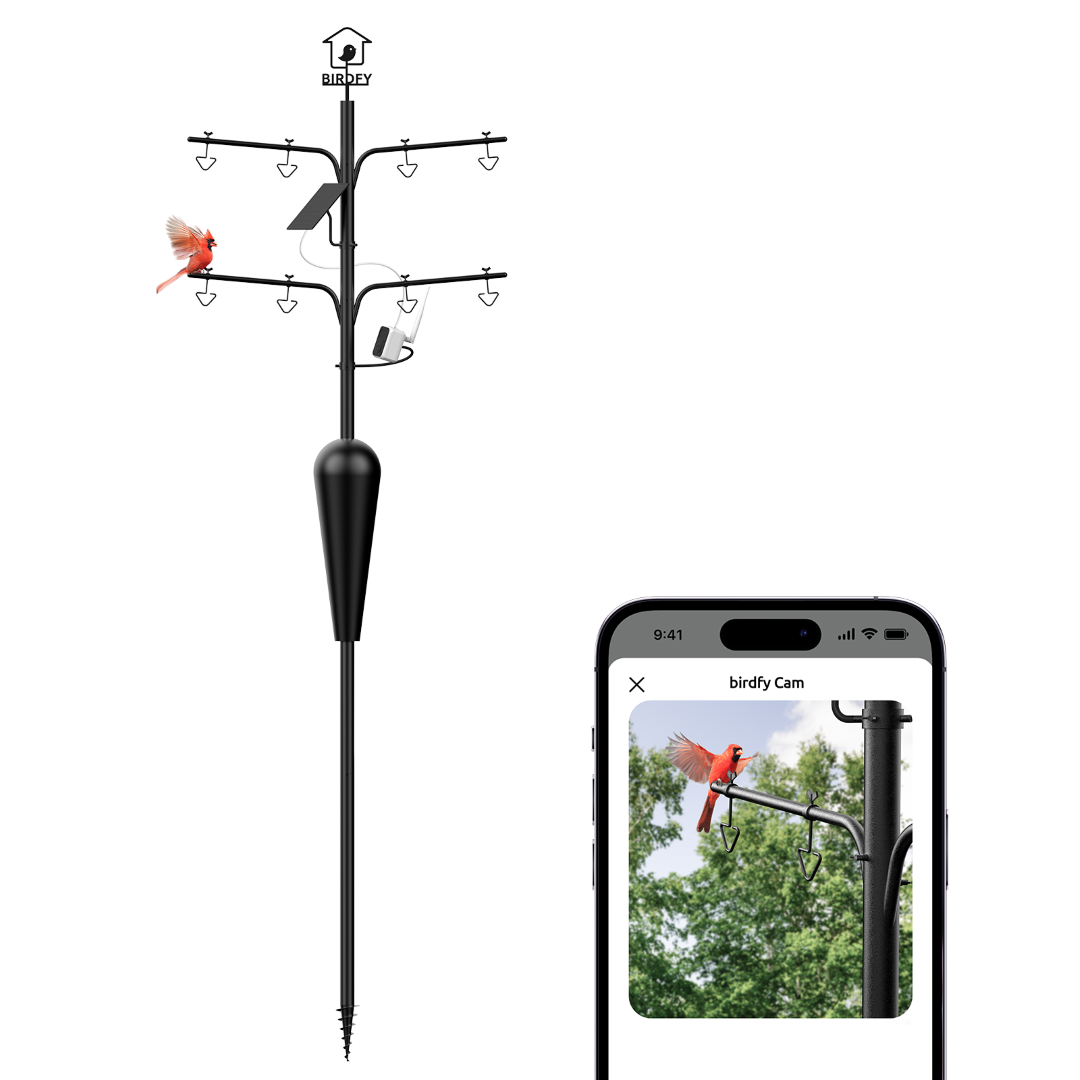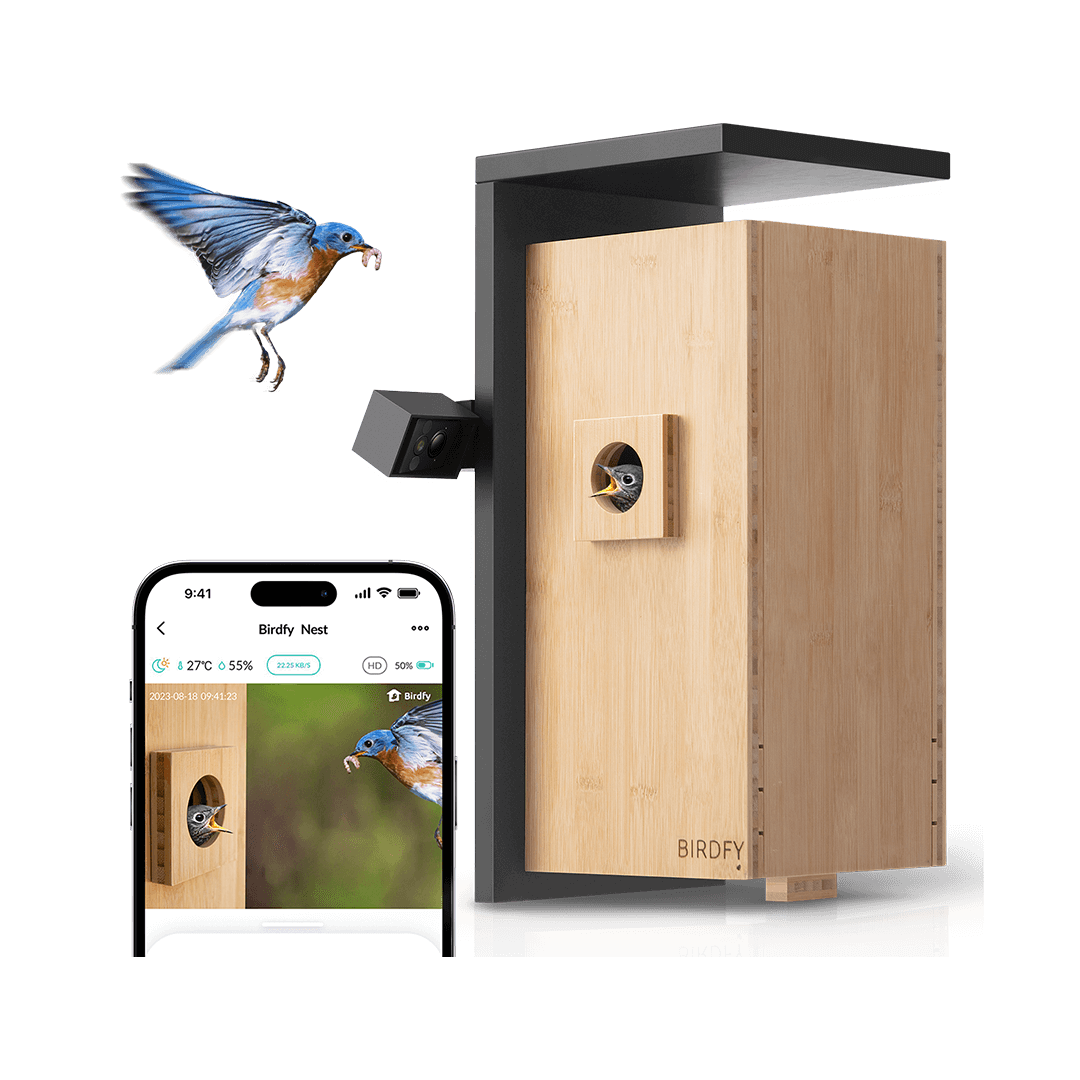How to Attract American Goldfinches to Your Backyard
The American Goldfinch has bright yellow feathers, which can add a splash of color to your garden and give you a visual treat. Here comes the question, how to attract this fabulous bird into your garden?


What are American Goldfinches?
American Goldfinches are small, vibrant birds known for their bright yellow feathers in males during the breeding season. They are widespread across North America, from Canada to Mexico. These birds are easily recognizable by their distinctive coloring and flight pattern, characterized by a series of flutters and glides. American Goldfinches are seed eaters, with a particular fondness for thistle, making them frequent visitors to bird feeders.
Why do we love goldfinches?
People love American Goldfinches for their vibrant colors and delightful song. Their energetic flight pattern and preference for backyard feeders also make them a favorite among birdwatchers. Additionally, goldfinches have a fascinating molting process and change colors with the seasons, which adds to the intrigue and enjoyment of observing these charming birds throughout the year.

What do American Goldfinches mean?
American Goldfinches often symbolize joy, positivity, and resilience. Their bright yellow plumage brings a sense of happiness and energy, which many people associate with the uplifting aspects of life. The goldfinch's ability to adapt to different seasons and environments also symbolizes the capacity to thrive despite changes and challenges.
Is it rare to see an American Goldfinches?
The American Goldfinch is a common bird in North America and is not rare. They are widely distributed and can be found in a variety of habitats including gardens, meadows, fields and woodland edges.
However, the visibility of the American Goldfinch varies from season to season. During the winter months, the goldfinch's plumage becomes duller, with males showing more of an olive-brown color. At this time of year, they are usually relatively inconspicuous. In contrast, in late spring and early summer, their bright yellow feathers become more conspicuous.
Overall, the American Goldfinch is not usually considered a rare bird, and many birdwatchers and backyard birders are fortunate enough to see them on a regular basis, especially if suitable habitat and food sources are available.

Why am I not seeing Eastern Goldfinches?
There are various reasons why you are not seeing American Goldfinches such as habitat and food, feeder placement, weather conditions, etc. One of the major reasons is that you do not have an in-depth understanding of these kinds of birds. The following will help you better understand American Goldfinches.
What is the best food to attract American Goldfinches?
The best foods to attract American Goldfinches include sunflower seeds and Nyjer seeds. These birds are especially fond of Nyjer seeds, small oil-rich seeds that are very similar to their natural food, wild seeds. Additionally, planting native plants such as sunflowers and offering a variety of seeds in your feeders will also help attract and retain these colorful birds. The following can help you get more information about the specific ways to attract these beautiful birds.
Plant flowers
The American Goldfinch favors native flowers as an important aspect of its diet because these plants provide it with the nutrients it needs to maintain its health and vitality. The goldfinch's favorite plants include milkweed, thistle plants, and sunflowers, each of which provides unique health benefits to the goldfinch. Growing these plants increases the probability of them visiting.

Choose the right seeds
The American goldfinch mostly eats seeds, and they love Nyjer and sunflower seeds because they're packed with oil and easy to munch on with their tiny beaks. Mixing Nyjer seeds with sunflower seeds is a great way to attract these friends with vibrant yellow feathers.
Provide drinkable Water
In addition, the most important environmental factor is water. Since finches move around year-round, they look for tap water that won't freeze. For the few migrating finches, they need water both during their journey and when they reach their destination after a long flight. Providing clean drinking makes your garden more attractive for American Goldfinches.
Pick the right bird feeder
Bird feeders are ideal for American Goldfinches because these feeders are suitable for smaller goldfinches, providing them with a comfortable place to rest from eating. At the same time, these feeders allow birds to hold on to the front of the feeder while eating, providing them with security and stability. The feeders are also designed to keep the food dry and free of debris, ensuring that the goldfinches receive clean, healthy food. Based on it, bird feeders would be a great choice to attract the American Goldfinch.

How to attract American Goldfinches for nesting?
American Goldfinches usually choose a fork in a tree or shrub when nesting, preferring to use natural materials such as twigs, grasses, bark and spider silk to build their compact and secluded nests.
Tip 1# Provide safe and comfortable place
An important factor in attracting goldfinches is providing a safe and comfortable resting place, which can be achieved by offering nesting materials made from natural fibers like grass, twigs, and small plant stems. Goldfinches prefer nesting sites that offer some level of concealment from predators, highlighting the importance of providing natural habitats with dense foliage for these birds to thrive and reproduce safely.
Tip 2# Avoid using plastics
To attract American Goldfinches without harming their environment, avoid using plastics. These birds prefer natural nesting materials like twigs and grasses. Plastics can entangle or be ingested, posing fatal risks. Opting for eco-friendly options ensures a safer habitat, encouraging these vibrant birds to thrive in our gardens.
Tip 3# Choose an appropriate nest
You could choose Birdfy Nest as another great attraction for American Goldfinches The Birdfy Nest, FSC-certified for sustainable sourcing, pairs with a solar panel for efficient operation. It offers easy cleaning and monitoring, providing a clean habitat for birds. Plus, its built-in camera captures beautiful bird images and videos.

How to protect Eastern Goldfinch Birds
Protecting Eastern Goldfinch birds is essential for maintaining biodiversity and ensuring these vibrant creatures continue to thrive. In this guide, we'll explore practical steps to Keep them away from all sorts of dangers and clean regularly. Join us in learning how to create a welcoming environment for Eastern Goldfinches in your own backyard.
Place proper height
Safeguard goldfinches from common predators and hazards (e.g., cats, windows). Place bird feeders at least 5-6 feet off the ground and away from surfaces that cats can climb or jump from. Or use cat deterrents around your garden, such as motion-activated sprinklers or ultrasonic devices, to keep cats away from bird feeding areas.
Stop birds from hitting the window
Apply decals or hang objects in front of large windows to make them more visible to birds. The goal is to break up reflections or make clear that the window is a barrier. And if you're willing to make changes, consider installing bird-safe glass designed to be visible to birds. (If you are interested in the above, you can click our blog practical-tips-for-bird-strike-prevention to see more about it.)
Clean and change water regularly
Clean bird feeders and birdbaths at least once every two weeks, more often during periods of heavy use or wet weather. Use a solution of one part bleach to nine parts water, rinse thoroughly, and allow to dry completely before refilling. Change the water in birdbaths daily to prevent mosquito breeding and reduce the spread of microbial bacteria that thrive in stagnant water. And also scrub birdbaths with a brush and the bleach solution used for feeders, ensuring they are rinsed well and dried before refilling with fresh water.

Considering seasonal factors
Take into account the migratory behavior of goldfinches and use specific seasonal feeding and planting techniques to attract goldfinches throughout the year. Ensuring bird-friendly habitats throughout the year can make your garden a preferred stopover or permanent home for these birds.
Autumn and winter strategies
Be aware that goldfinches may migrate away from your area if the autumn and winter months are particularly harsh. To keep them warm, planting dense shrubs and evergreens can provide them with necessary shade. Additionally, making sure feeders are well stocked with seeds will also help them stay strong and warm, or providing nesting materials such as wool or cotton can also help keep birds warm.

Spring and summer Tip
As the weather warms up, keeping feeders stocked to support parents raising young is also necessary and a steady supply of their favorite seeds, such as thistle (nyjer) and sunflower seeds, should be available at feeders. Plant native plants and flowers that produce the seeds they eat, such as milkweed and coneflowers. Maintain bird baths, provide a clean water source, and consider leaving some open space in your garden to provide a natural habitat and additional food source for birds.
Conclusion
Whether you're a seasoned birdwatcher or new to the joys of birding, creating a welcoming environment for American Goldfinches in your garden is a rewarding and meaningful endeavor. These vibrant, cheerful birds can bring a burst of color and life to your outdoor space, while also contributing to the health of your local ecosystem. Starting or enhancing your efforts to attract goldfinches not only allows you to enjoy their delightful presence but also plays a crucial role in supporting biodiversity and natural beauty in your area.






